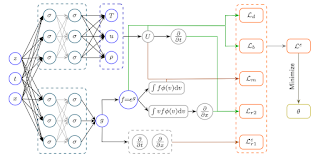Giacomo Borghi, Hyesung Im, Lorenzo Pareschi (preprint arXiv:2507.00871)
Metaheuristic algorithms are powerful tools for global optimization, particularly for non-convex and non-differentiable problems where exact methods are often impractical. Particle-based optimization methods, inspired by swarm intelligence principles, have shown effectiveness due to their ability to balance exploration and exploitation within the search space. In this work, we introduce a novel particle-based optimization algorithm where velocities are updated via random jumps, a strategy commonly used to enhance stochastic exploration.




